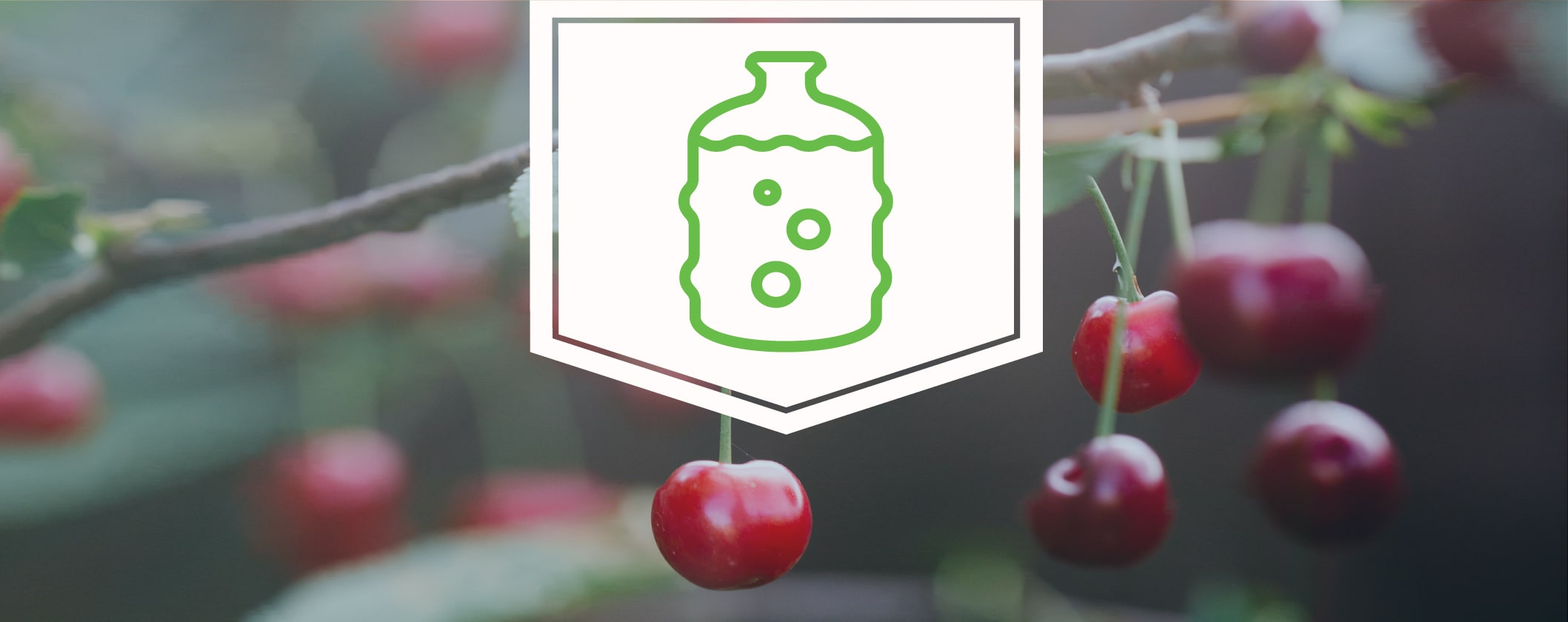Wild & Sour Brewing

BREWING WITH BRETTANOMYCES & LACTIC ACID BACTERIA
Brewing beer with wild yeast and bacteria adds a new level of complexity to an already complex process. Making beer with these specialty cultures is less precise and much less predictable than brewing with a single yeast strain. The rewards however can be tremendous if a brewer has patience.
The most important factor to keep in mind is that these cultures take time to fully develop and do their jobs. A good lambic or sour style beer usually takes 1 to 2 years to fully develop. The temperature at which the beer is fermented and then stored will play a large role in determining how quickly the characteristic aromas, flavors and acidity develop.
The bulk of the available sugars in the wort are fermented by a Saccharomyces strain. In modern lambic brewing, the rate at which fermentation begins is much quicker than in a traditional lambic. The brewer has a large number of choices on how to begin the fermentation. The easiest choice is to use a prepared lambic culture that contains the Saccharomyces culture along with the lactic acid and Brettanomyces cultures. The other choice is to use any other commercially available Saccharomyces culture. If the prepared lambic culture (3278 Belgian Lambic Blend) is used, it is important to keep the primary fermentation temperature relatively low (68-72 °F/20-22 °C) in order to keep the lactic acid cultures in check. If the temperatures get too high, the bloom of the lactic acid cultures can inhibit the Saccharomyces cultures.
If the brewer chooses not to use a prepared lambic culture, then any Saccharomyces culture can be used for primary fermentation. The primary fermentation should be allowed to progress for about two weeks before adding the lactic acid cultures. This allows plenty of time for the primary culture to establish itself and complete the bulk of the fermentation.
When the main fermentation is complete and the Saccharomyces population in suspension begins to decrease, the lactic acid bacteria start to increase in population. If a prepared lambic culture was not used, this is the time to add the lactic acid bacteria. It is important to note that Lactic Acid Bacteria is very sensitive to even moderate levels of IBU. Keep IBU levels below 10. The lactic acid cultures responsible for souring a lambic beer are: Pediococcus and Lactobacillus (5733 Pediococcus damnosus and 5335 Lactobacillus buchneri). The temperature of the fermentation should be allowed to rise to allow the lactic acid cultures to establish themselves. The sourness will continue to increase for up to 2 years.
The final players in the homebrewed version of a lambic beer are the Brettanomyces yeast. The available cultures are 5112 Brettanomyces bruxellensis and 5526 Brettanomyces lambicus. If a prepared lambic culture has not been used, the Brettanomyces cultures can be added any time after primary fermentation is complete. The Brettanomyces cultures are slow growers that are able to ferment complex sugars that Saccharomyces is not able to utilize. These cultures do not add a significant amount of alcohol to the beer, but they are the primary contributors to the aroma of the finished beer. The characteristic horsey aroma and flavor are by-products of Brettanomyces metabolism. These cultures also produce large amounts of ethyl lactate and ethyl acetate along with some acetic acid. These cultures can remain active for 16 months.
For the home brewer, the prepared lambic culture is the best choice for producing a great lambic beer. The cultures contained in the lambic blend will perform their jobs in sequence as long as the primary fermentation temperature is kept under control. If a brewer is looking to make a Berliner Weisse or a sour brown, then the lactic acid cultures should be added with the pitching yeast in primary fermentation. Once again, it is important to keep IBU levels below 10.
